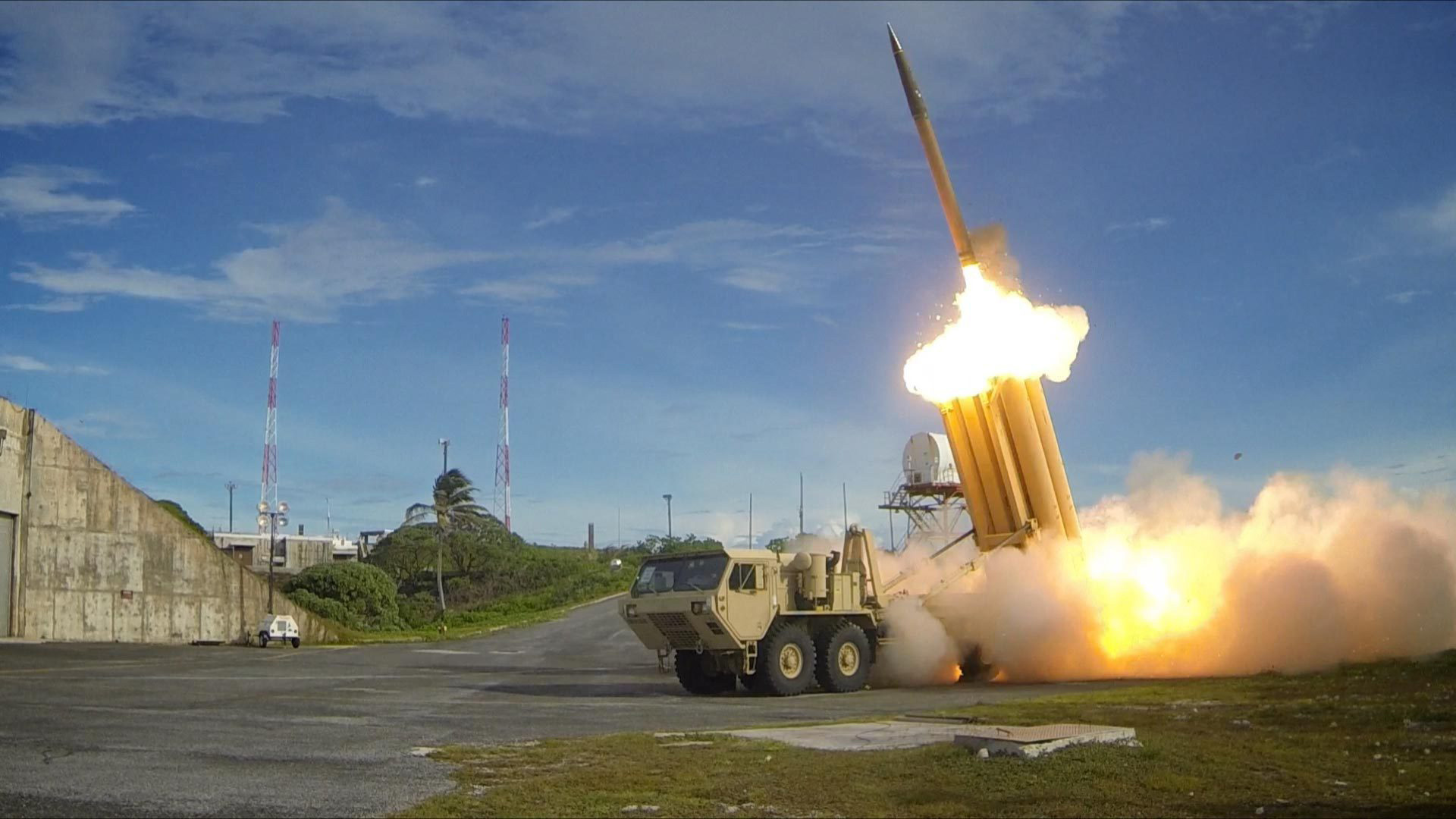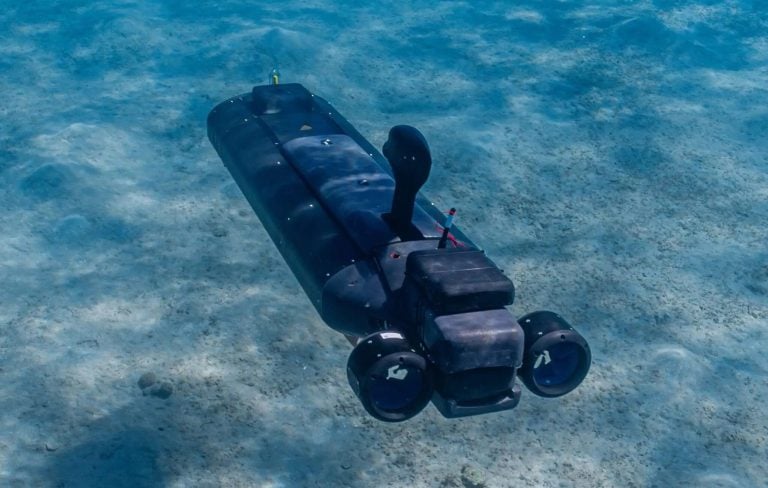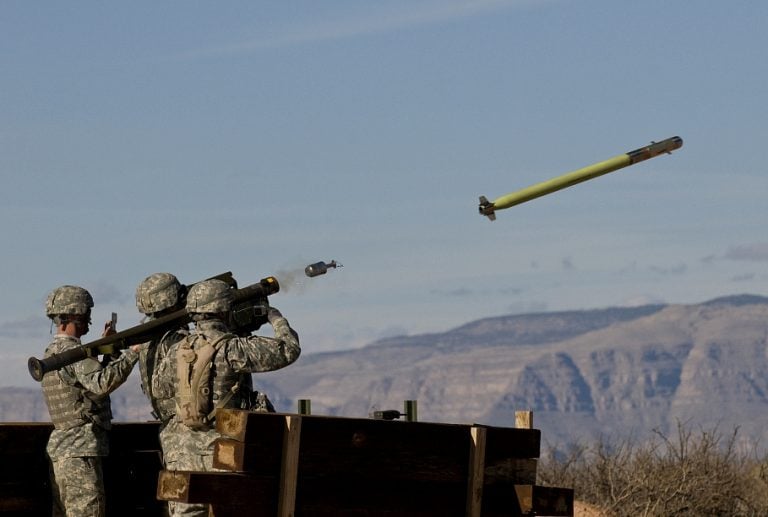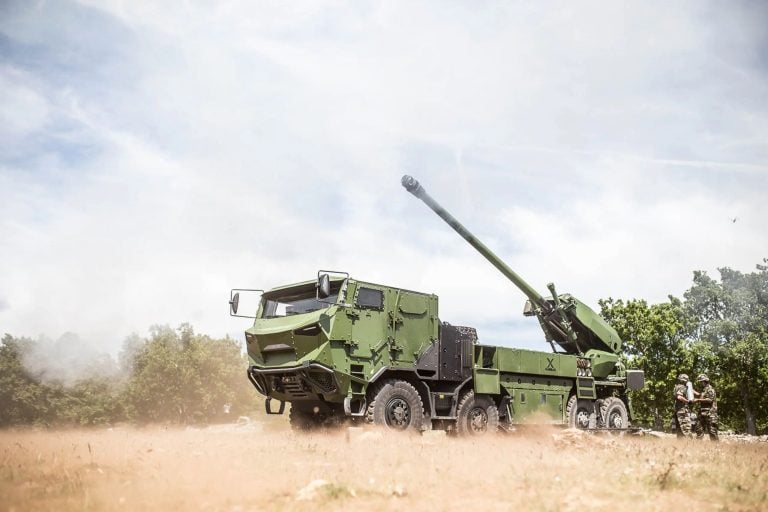The U.S. Missile Defense Agency (MDA) has taken a significant step in strengthening national defense by awarding a Development Contract for the Terminal High Altitude Area Defense (THAAD) system to Lockheed Martin. This contract, which has a ceiling value of $2.81 billion, builds upon the previous Advanced Capability Development (ACD) contract and is aimed at advancing the development, integration, and testing of both hardware and software upgrades for this vital missile defense system.
Set to span from February 1, 2025, to January 31, 2035, the contract will see work carried out in several locations across the country, with primary operations based in Sunnyvale, California, and Dallas, Texas. In relation to this award, an initial task order has already been issued, valued at $12.7 million, which will focus on system test and evaluation. Of the total amount, $200,000 is earmarked for the fiscal year 2025.
THAAD is designed as a critical component of the U.S. missile defense strategy, with the capability to intercept short, medium, and intermediate range ballistic missiles during their terminal re-entry phase. The system employs advanced hit-to-kill technology to achieve its interception goals, boasting an effective range of approximately 200 kilometers (or about 120 miles).
As part of the MDA’s Fiscal Year 2025 research, development, test, and evaluation budget, this indefinite delivery indefinite quantity contract is poised to support the ongoing development of THAAD Build 6.0. This latest version promises improved capabilities against maneuvering aerial threats and a broader threat engagement area. Lieutenant General Heath A. Collins, the U.S. Air Force Director of the MDA, highlighted that THAAD 6.0 will introduce significant enhancements to the interceptor, increase integration capabilities with the Patriot Missile Segment Enhancement (MSE), and bolster cybersecurity measures.
Furthermore, THAAD is set to undergo initial systems engineering efforts in fiscal year 2025 in preparation for integration with the Army’s Integrated Air and Missile Defense Battle Command System (IBCS). Notably, the expected operational availability for this upgraded variant has been moved up to 2027 from an initial timeline of 2032. In a somewhat controversial development, the IBCS-THAAD integration initiative was recently cancelled by lawmakers, a decision that follows the earlier cancellation of the Lower-Tier Future Interceptor project.
Meanwhile, the U.S. Army is planning to enhance all its THAAD battery systems with the 4.0 upgrade by the close of 2025. This upgrade will facilitate remote launches and allow the integration of Army Patriot MSE launchers and munitions into the THAAD system, making use of the THAAD AN/TPY-2 radar data to improve the overall engagement capabilities.
Additionally, THAAD Build 5.0 is currently under development, focusing on essential hardware updates to combat obsolescence, improve cybersecurity, and enhance mission assurance. This version will also include safety upgrades and refinements aimed at improving engagement outcomes against identified threats, with operational availability targeted for July 2026. Lieutenant General Collins described THAAD Build 5.0 as the most comprehensive hardware refresh to date, emphasizing the program’s commitment to maintaining an effective missile defense posture.
















